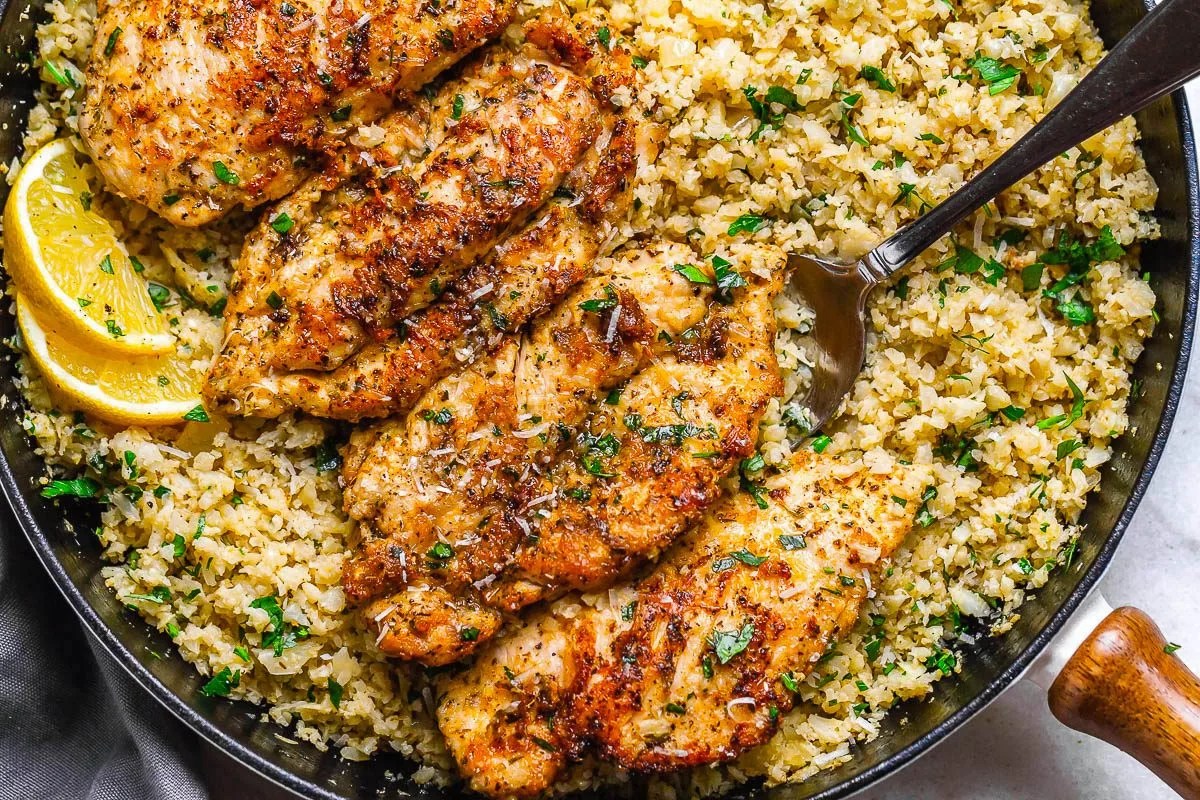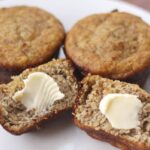Imagine a week where healthy eating is effortless, where weight loss feels achievable, and where delicious, satisfying meals are always just a grab-and-go away. This isn’t a fantasy; it’s the reality unlocked by mastering low-carb meal prepping. Picture vibrant plates bursting with color: the deep green of spinach contrasting with the sunny yellow of eggs, the rich crimson of roasted peppers alongside succulent grilled chicken. This guide unveils the secrets to crafting a low-carb meal plan that’s both nutritious and incredibly satisfying, transforming your weight loss journey from a struggle into a vibrant, flavorful adventure.
We’ll explore a wealth of recipes, from quick and easy lunches perfect for busy weekdays to hearty, satisfying dinners that nourish your body and soul. Learn how to cleverly incorporate eggs into your breakfast routine, master the art of creating flavorful low-carb sauces, and discover the best strategies for mindful snacking. We’ll also equip you with practical tips and tricks to avoid common meal-prepping pitfalls, ensuring your success in achieving your weight loss goals. Get ready to embark on a delicious and effective path towards a healthier, happier you.
Quick & Easy Low-Carb Lunches for Weight Loss
Maintaining a low-carb diet for weight loss doesn’t mean sacrificing delicious and convenient lunches. With a little planning and preparation, you can enjoy satisfying and healthy meals throughout your week, keeping your energy levels high and your weight-loss goals on track. These recipes focus on maximizing flavor and minimizing prep time, perfect for busy individuals.
Five Quick Low-Carb Lunch Recipes
Preparing lunches ahead of time is a cornerstone of successful weight management. These five recipes are designed for easy meal prepping, offering variety and nutritional balance. Each recipe serves one.
- Zucchini Noodles with Pesto and Shrimp:
- Spiralize one medium zucchini into noodles.
- Sauté 4 oz of shrimp with 1 clove minced garlic until pink.
- Toss zucchini noodles with 2 tablespoons of pesto and the cooked shrimp.
- Season with salt and pepper to taste.
- Store in an airtight container in the refrigerator for up to 3 days. Consider adding a squeeze of lemon juice before storing to brighten the flavors.
- Avocado and Egg Salad Lettuce Wraps:
- Hard-boil one egg and chop it finely.
- Mash half an avocado with a fork.
- Combine the mashed avocado, chopped egg, 1 tablespoon of mayonnaise (or substitute with avocado oil mayo for a lower carb option), salt, and pepper.
- Spoon the mixture into large lettuce cups (e.g., butter lettuce or romaine hearts).
- Store the salad and lettuce cups separately in airtight containers; assemble just before eating to prevent the lettuce from wilting.
- Tuna Salad Celery Sticks:
- Mix one can of tuna (in water, drained), 2 tablespoons of mayonnaise (or avocado oil mayo), 1 tablespoon chopped celery, 1 tablespoon chopped red onion, salt, and pepper.
- Serve the tuna salad with 4-5 celery sticks.
- Store the tuna salad and celery sticks separately; assemble just before eating for optimal freshness and crispness.
- Chicken and Broccoli Salad in a Bell Pepper:
- Cook 4 oz of chicken breast (grilled, baked, or leftover).
- Steam or microwave 1 cup of broccoli florets until tender-crisp.
- Chop the chicken and broccoli into bite-sized pieces.
- Combine the chicken and broccoli with 2 tablespoons of a low-carb vinaigrette (recipe below).
- Stuff the mixture into a halved red bell pepper.
- Store separately and assemble just before consuming to maintain crispness.
- Caprese Salad Skewers:
- Cut cherry tomatoes, fresh mozzarella balls (bocconcini), and fresh basil leaves into bite-sized pieces.
- Thread the tomatoes, mozzarella, and basil onto skewers, alternating the ingredients.
- Drizzle with balsamic glaze before serving.
- Store the ingredients separately and assemble just before serving.
Three Low-Carb Salad Dressing Preparation Methods
Choosing the right dressing significantly impacts the flavor and nutritional profile of your low-carb salad. These three methods offer diverse flavor profiles and nutritional benefits.
- Vinaigrette: This classic dressing is incredibly versatile. A simple vinaigrette combines olive oil, vinegar (apple cider, red wine, or balsamic), and herbs or spices. The olive oil provides healthy fats, while the vinegar adds acidity and tang. For example, a simple recipe might include 3 tablespoons olive oil, 1 tablespoon apple cider vinegar, 1 teaspoon Dijon mustard, salt and pepper to taste. The high fat content promotes satiety.
- Avocado Cream Dressing: A creamy, rich alternative, this dressing blends avocado with lime juice, cilantro, and a pinch of salt. The avocado provides healthy fats and creaminess, while the lime juice adds a zesty flavor. This dressing is higher in calories but offers a luxurious texture and a good source of healthy fats.
- Tahini Dressing: A unique and flavorful option, a tahini dressing blends tahini (sesame seed paste), lemon juice, water, garlic, and cumin. Tahini is a good source of healthy fats and protein, while the lemon juice adds brightness and the garlic and cumin provide savory notes. This is a lower-calorie option compared to the avocado cream dressing.
Low-Carb Wrap Alternatives
Choosing the right wrap alternative is crucial for maintaining a low-carb lunch. Different options offer various benefits and drawbacks.
- Large Lettuce Leaves: Butter lettuce or romaine hearts provide a crisp, refreshing base for your fillings. They are low in carbohydrates and add a pleasant texture. However, they may not be as sturdy as traditional wraps and might not hold all types of fillings equally well.
- Portobello Mushroom Caps: Large portobello mushrooms, grilled or roasted, can be used as a hearty and flavorful wrap alternative. They add a savory, umami flavor and are relatively low in carbohydrates. However, they require more preparation time than lettuce leaves.
- Low-Carb Tortillas: Several brands offer low-carb tortillas made from ingredients like almond flour or coconut flour. These provide a more traditional wrap experience but may have a slightly different texture and flavor than wheat tortillas and can be higher in calories. Always check the nutritional information to ensure they align with your dietary goals.
Satisfying Low-Carb Dinner Recipes

Embarking on a low-carb diet doesn’t mean sacrificing delicious and fulfilling dinners. With careful planning and creative cooking techniques, you can enjoy flavorful meals that support your weight loss goals without leaving you feeling hungry. The key is to focus on nutrient-dense ingredients, such as lean proteins and non-starchy vegetables, to create meals that are both satisfying and low in carbohydrates. The following recipes offer diverse flavor profiles and protein sources to keep your low-carb journey exciting and enjoyable.
Three Satisfying Low-Carb Dinner Recipes
The following table presents three complete recipes designed to satisfy your hunger while keeping your carbohydrate intake low. Each recipe highlights different protein sources and vegetable combinations to provide variety and nutritional balance.
| Dish Name | Ingredients | Steps | Serving Suggestion |
|---|---|---|---|
| Garlic Herb Roasted Salmon with Asparagus | 1 lb salmon fillet, 1 bunch asparagus, 2 cloves garlic (minced), 2 tbsp olive oil, 1 tbsp lemon juice, 1 tsp dried herbs (oregano, thyme, rosemary), salt and pepper to taste | 1. Preheat oven to 400°F (200°C). 2. Toss asparagus with 1 tbsp olive oil, salt, and pepper. Roast for 10-12 minutes. 3. In a bowl, combine remaining olive oil, lemon juice, garlic, and herbs. 4. Place salmon fillet on a baking sheet lined with parchment paper. 5. Brush salmon with herb mixture, season with salt and pepper. 6. Roast alongside asparagus for 12-15 minutes, or until salmon is cooked through. | Serve immediately. A side of cauliflower mash would complement this dish beautifully. |
| Sheet Pan Chicken and Broccoli with Lemon-Garlic Sauce | 1.5 lbs boneless, skinless chicken breasts (cut into 1-inch pieces), 2 large heads of broccoli (cut into florets), 2 tbsp olive oil, 2 cloves garlic (minced), 1 lemon (juiced and zested), 1 tbsp dried Italian herbs, salt and pepper to taste | 1. Preheat oven to 400°F (200°C). 2. Toss chicken and broccoli with olive oil, garlic, lemon juice, lemon zest, Italian herbs, salt, and pepper. 3. Spread in a single layer on a large baking sheet. 4. Roast for 20-25 minutes, or until chicken is cooked through and broccoli is tender-crisp. | Enjoy this dish as is, or serve over a bed of zucchini noodles for a complete meal. |
| Beef and Cauliflower Stir-Fry with Spicy Peanut Sauce | 1 lb ground beef, 1 large head of cauliflower (riced), 1 red bell pepper (sliced), 1/2 cup broccoli florets, 2 tbsp soy sauce (low sodium), 1 tbsp peanut butter, 1 tbsp rice vinegar, 1 tsp sesame oil, 1/2 tsp red pepper flakes, 1 clove garlic (minced), green onions (chopped) for garnish | 1. Heat sesame oil in a large skillet or wok over medium-high heat. 2. Add ground beef and cook until browned. 3. Add red bell pepper and broccoli, stir-fry for 3-5 minutes. 4. Add riced cauliflower and stir-fry for another 5 minutes. 5. In a small bowl, whisk together soy sauce, peanut butter, rice vinegar, red pepper flakes, and garlic. 6. Pour sauce over beef and vegetables, stir to combine. 7. Garnish with green onions. | Serve hot. This stir-fry is delicious on its own or served with a side salad. |
Flavorful Low-Carb Sauces and Marinades
Creating flavorful sauces and marinades is crucial for enhancing the taste of lean proteins in low-carb cooking. A well-made sauce or marinade can transform a simple chicken breast into a culinary masterpiece. Experiment with different herbs, spices, citrus juices, and vinegars to discover your favorite flavor combinations. For instance, a simple marinade for chicken could combine olive oil, lemon juice, garlic, oregano, and a pinch of red pepper flakes. For a richer flavor, consider adding a touch of Dijon mustard or Worcestershire sauce (ensure it’s low in sugar). A peanut sauce, as demonstrated in the beef stir-fry recipe, can add a savory and slightly spicy kick to your meals.
Methods for Cooking Chicken Breast
Three common methods for cooking chicken breast—baking, pan-searing, and poaching—each offer unique advantages in terms of maximizing protein content while minimizing fat.
Baking chicken breast allows for even cooking and helps retain moisture. The absence of added oil minimizes fat intake. Pan-searing, while adding a small amount of fat from the oil, creates a delicious crispy exterior and tender interior. Poaching, on the other hand, results in the leanest and most tender chicken, as it cooks in liquid without any added fat. The choice of method depends on your personal preference and desired texture. Regardless of the method, ensuring the chicken is cooked to an internal temperature of 165°F (74°C) is crucial for food safety.
Transforming your relationship with food and achieving sustainable weight loss is within reach. By embracing the principles of low-carb meal prepping, you’re not just dieting; you’re investing in a lifestyle change that prioritizes both your health and your enjoyment of food. Remember the vivid imagery of those perfectly portioned plates, the burst of flavor from expertly crafted sauces, and the satisfying feeling of knowing you’ve prepared healthy, delicious meals for the entire week ahead. This isn’t about restriction; it’s about empowerment – empowering yourself to take control of your diet and your well-being. So, embrace the challenge, savor the journey, and enjoy the rewarding results of a healthier, happier you.
Question & Answer Hub
What are the best low-carb vegetables to include in my meal prep?
Leafy greens (spinach, kale, lettuce), broccoli, cauliflower, asparagus, peppers, and zucchini are excellent low-carb vegetable choices.
How long can I safely store my prepped low-carb meals?
Most low-carb meals can be stored in the refrigerator for 3-4 days. Freezing is also an option for longer storage.
Can I still eat fruit on a low-carb diet?
Yes, but in moderation. Berries are generally the best choice due to their lower carb content.
What if I get hungry between meals?
Plan for healthy low-carb snacks like nuts, seeds, or celery sticks with nut butter to prevent excessive hunger.
Are there any potential downsides to a low-carb diet?
Potential downsides include nutrient deficiencies if not planned carefully, constipation (increased fiber intake helps), and “keto flu” (temporary side effects as your body adjusts). Consult a doctor before starting any new diet.


